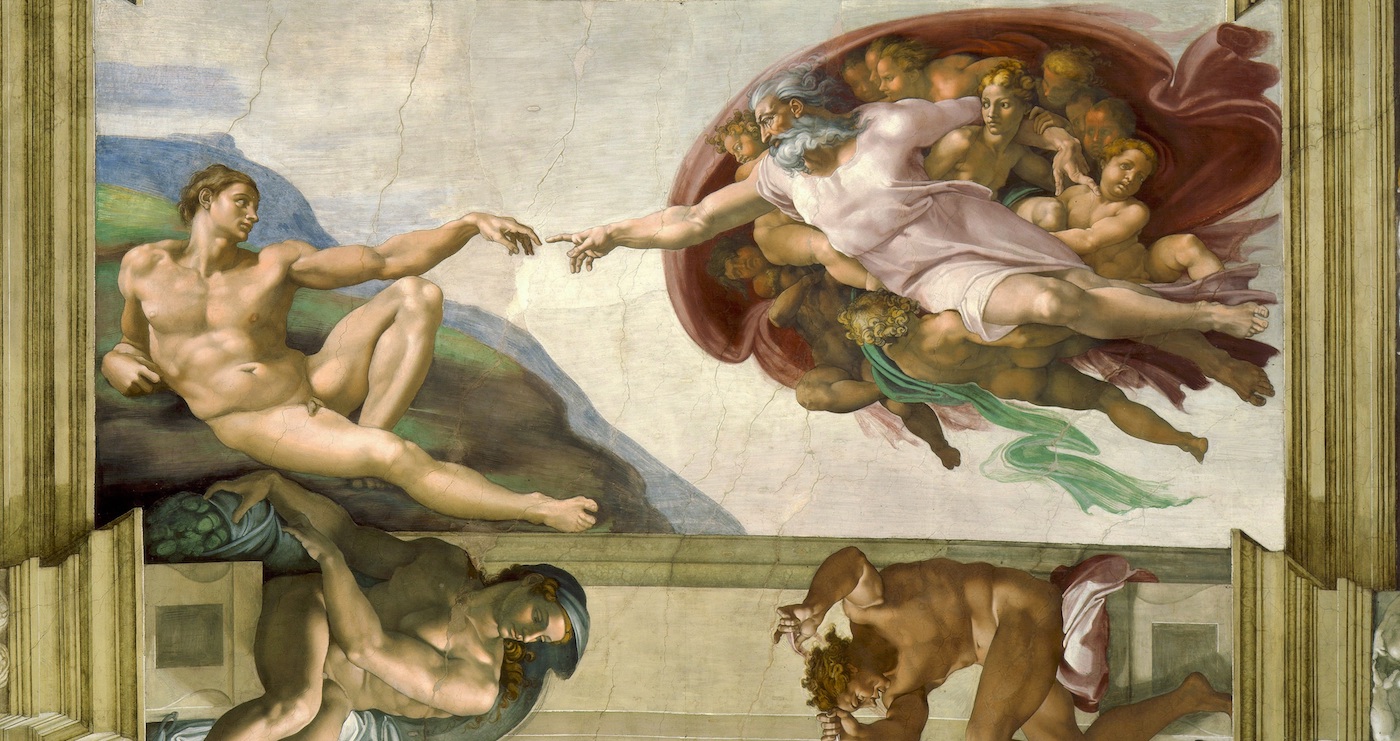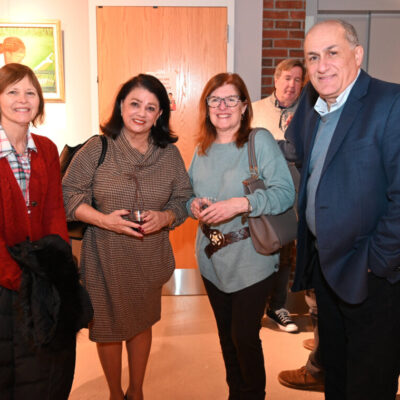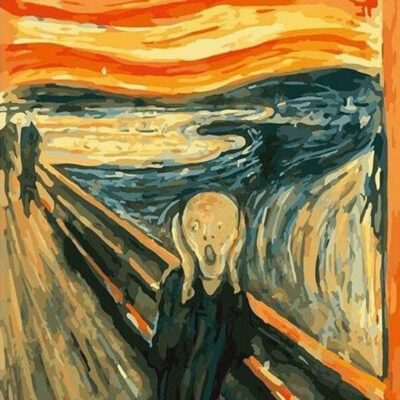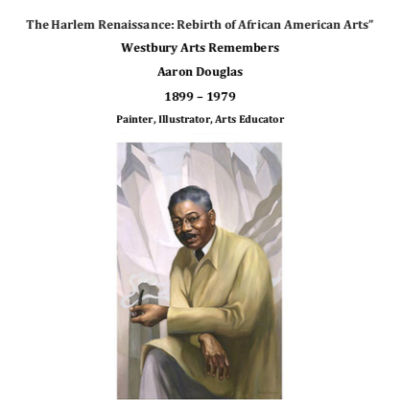From cave paintings to high definition films, art in the Western World has evolved and adapted to fit that culture’s beliefs and ideals. Despite its ever-changing techniques and themes, the presence of art in every day life has always been a constant. Take a moment to learn a little more about your favorite time period in art history.
Prehistoric (before c. 3000 B.C.E.)
The Neolithic revolution is when our ancestors learned to farm and domesticate animals, allowing them to evolve from a nomadic lifestyle to permanent settlements. This let them build cities, civilizations and eventually art.
The oldest cave paintings known are about 40,800 years old. Anthropologists believe that Neanderthals made some of the earliest images, usually depicting themselves as stick figures and animals.
Ancient (c. 3000 B.C.E. to c. 400 C.E.)
Ancient Egypt, ancient Greece, the Etruscans, and the Romans were some of the first to create the earliest naturalistic images of human beings. Realistic sculptures and busts became one of the most praised forms of artwork of the time. Most popularly, out of this period came the Ancient Greek sculpture of Zeus or Poseidon.
Middle Ages (c. 400 C.E. to c. 1400 C.E.)
Art in the Middle Ages was restricted to the teachings of the Church, with a heavy focus on literature. Paintings during this time were minimal, with portrait paintings being incredibly rare. Religious or Christian art typically consisted of illuminated manuscripts, mosaics and fresco paintings and all featured mostly dull and muted colors.
Renaissance (c. 1400 to 1600)
Known as the rebirth of art and culture in ancient Greece and Rome, the Renaissance period saw an explosion in the appreciation of art, music and theater. It was also during this time that the printing press was invented, which made books more widely available and increased the literacy rates in Europe unlike ever before.
Early Modern (c. 1600 – 1800)
Art during this period saw a shift from realistic to romantic images, which encouraged art to evoke emotion. Romantics hoped to transform the world into a new Golden Age through the power of literature, music, art and imagination.
Modern (after c. 1800)
Modern artists experimented with new ways of seeing and with fresh ideas about the nature of materials and function of art. Artists shifted away from traditional techniques and themes and moved toward more abstract pieces. During the late modern era, technology and art fused.












